11 small garden mistakes to avoid – and what to do instead
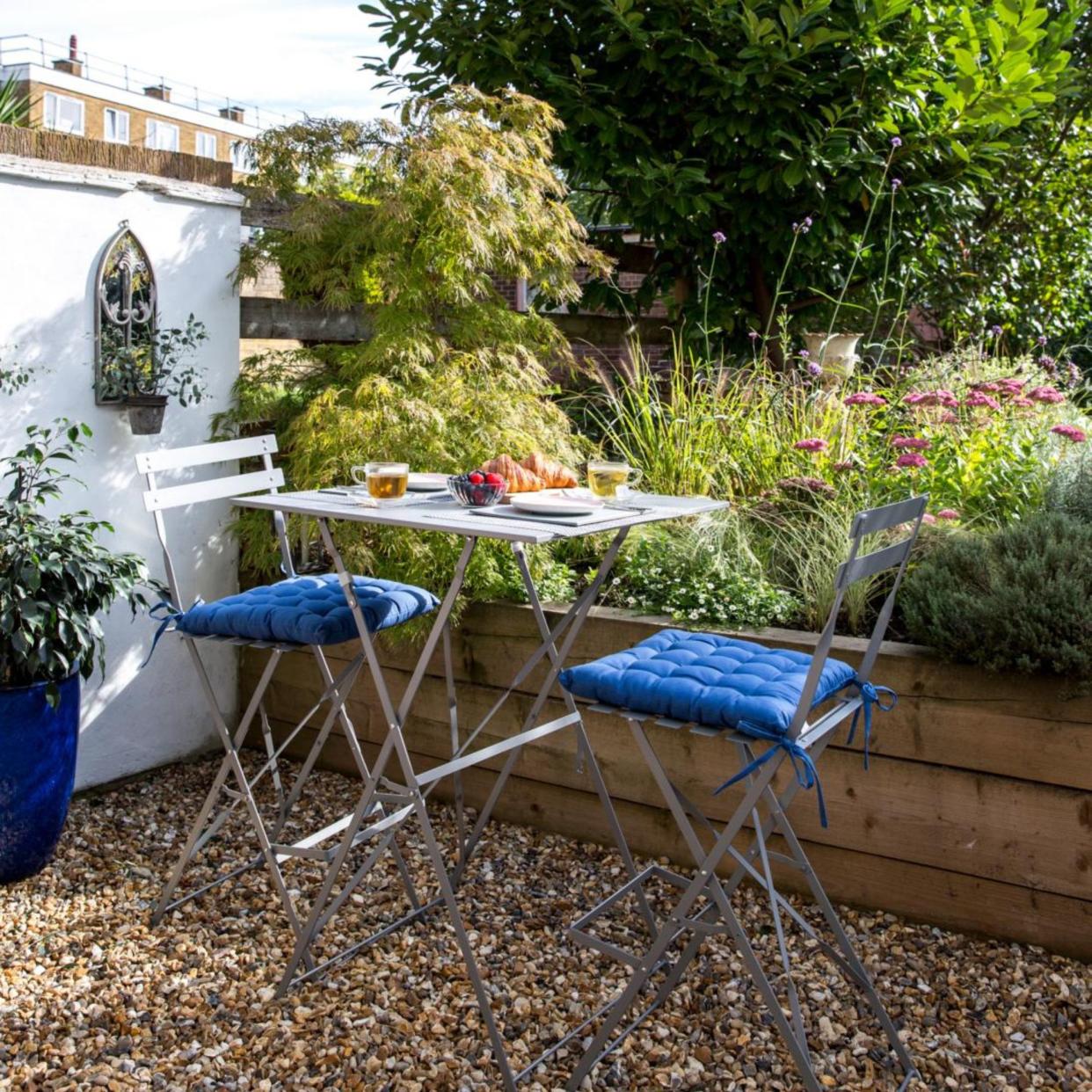
Any outdoor space should be treated as a gift. However, the smaller your garden the bigger the room for mistakes is. Making one tiny mistake in a small garden, can have a big impact and make the limited space look and feel even smaller.
We're not saying this to scare you, as the quickest way to a beautiful outdoor space is to have fun with your small garden ideas. But you do need to be smart, and fit in as many tricks as you can to help the space appear bigger, and swerve those ideas that don't.
Small garden mistakes to avoid
To help ensure you don't fall for any garden design mistakes, we've rounded up a panel of garden experts to reveal the mistakes to avoid specifically in a small garden and what to do instead.
1. Overcrowding the space
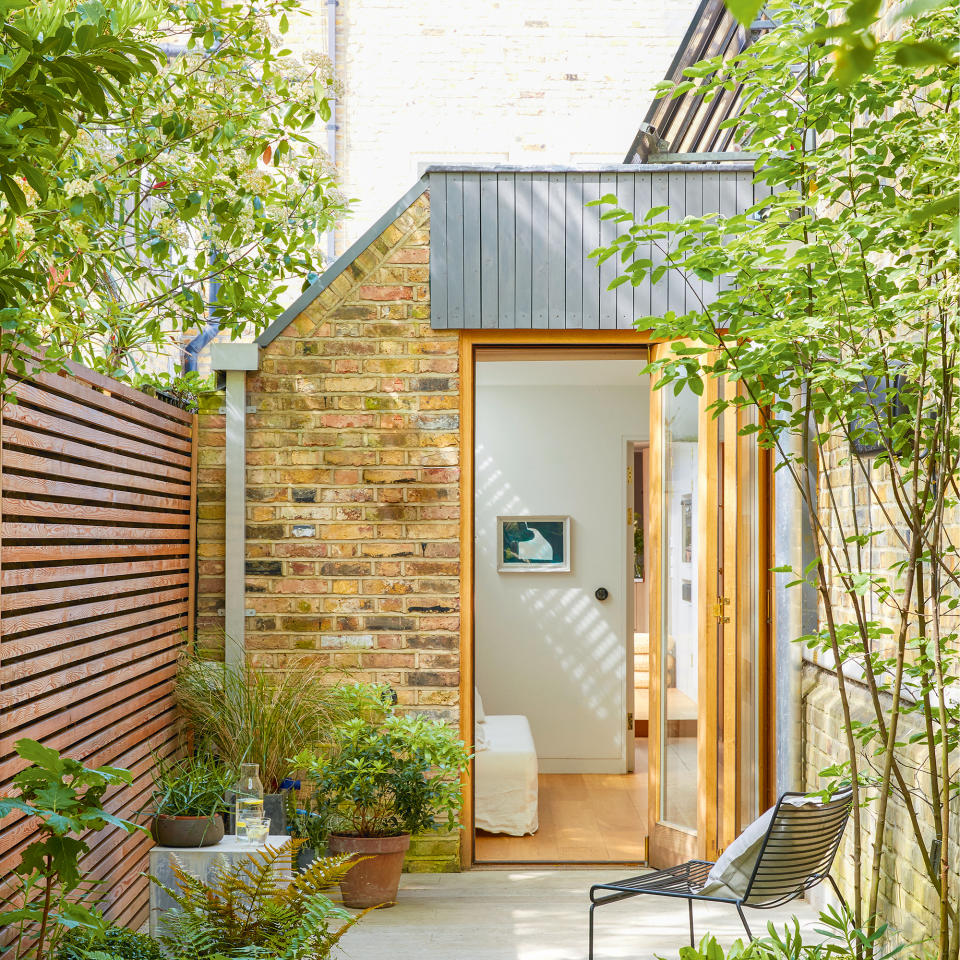
As you go to plan out a small garden layout, it can be easy to get carried away. What would be a small number of plants, accessories and items of furniture in a larger garden can be far too much for a small space.
Trying to cram in too many plants can have an adverse effect on what you’re hoping to grow, as well. ‘Overcrowding plants stifles growth, reduces airflow, and invites disease, which are all problems that get exaggerated in a small garden,’ warns Josh Novell, garden expert and director of Polhill. Instead, be mindful to stop the space from feeling cluttered or too full.
‘Utilising vertical gardening techniques like trellises and hanging baskets to maximise space without overcrowding is a great way to make the most out of your limited garden space,’ Josh continues. This brings us nicely to our next point.
2. Failing to use vertical space
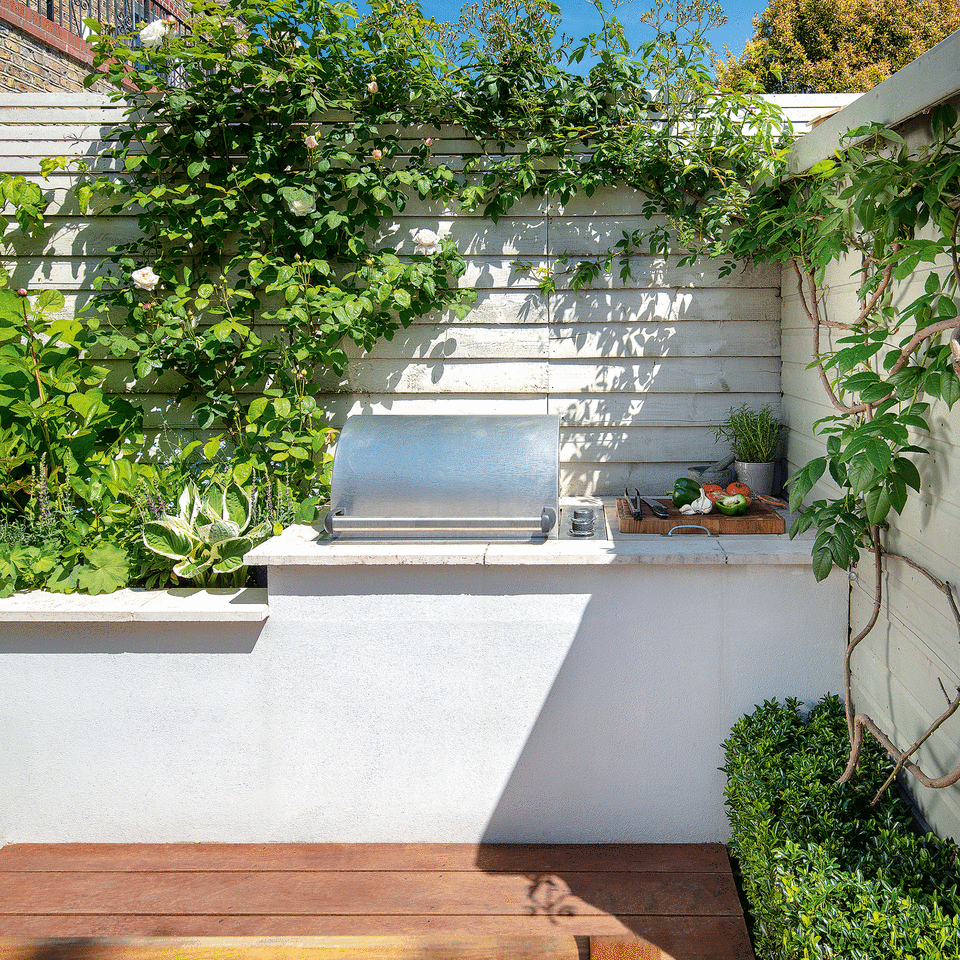
Making the most of vertical space is important in any small space – whether that be indoors or outdoors – but this is especially true in a small garden. And we have a feeling that yours might be under or unutilised.
You can go bold with living wall garden ideas, or keep it simple by adding hanging baskets, or climbing plants that can draw the eye upwards and double – if not triple – the amount of space that you have at your disposal.
‘From hanging planters along a fence to using trellises for vines and other climbing plants, vertical gardens provide more growing space as well as upright accents to make your garden look bigger,’ Caron Grant, Brand Manager at Bridgman, agrees.
3. Not creating zones
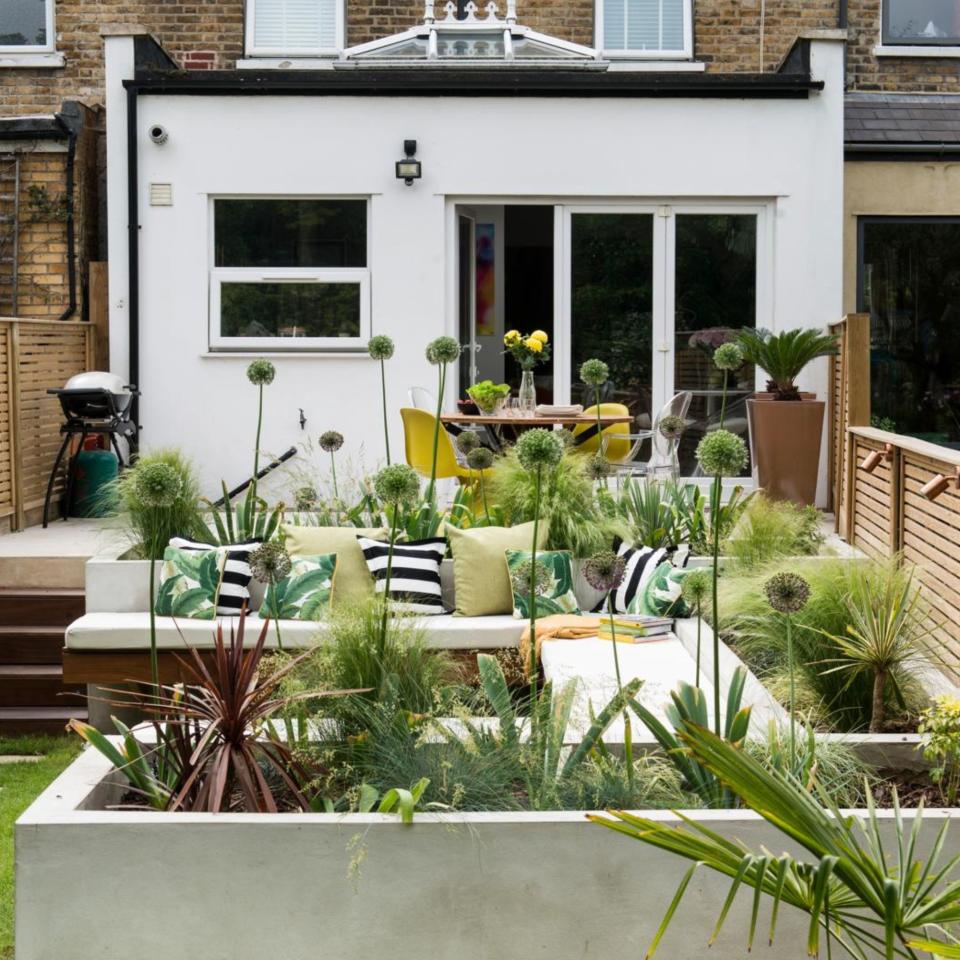
You might think that splitting your garden up into zones will make it feel smaller but conversely, it can have the opposite effect. And you don’t need to think of zones in the traditional way, in a small garden, either. For example, it’s probably unlikely that you’ll be able to fit a separate outdoor dining area, sitting area, decking and play area in a smaller space.
Instead, you can ‘create distinct zones using different textures or materials to enhance the perception of depth,’ recommends Easy Garden Irrigation's Gardening Expert and CEO, Sean Lade. And Lewis Darley, Content Creator at NeoTimber agrees.
‘By incorporating decking or patio spaces, building pergolas, adding water features and investing in vertical planting,’ these zones work to make a small garden feel larger, he rationalises.
4. Choosing the wrong colours
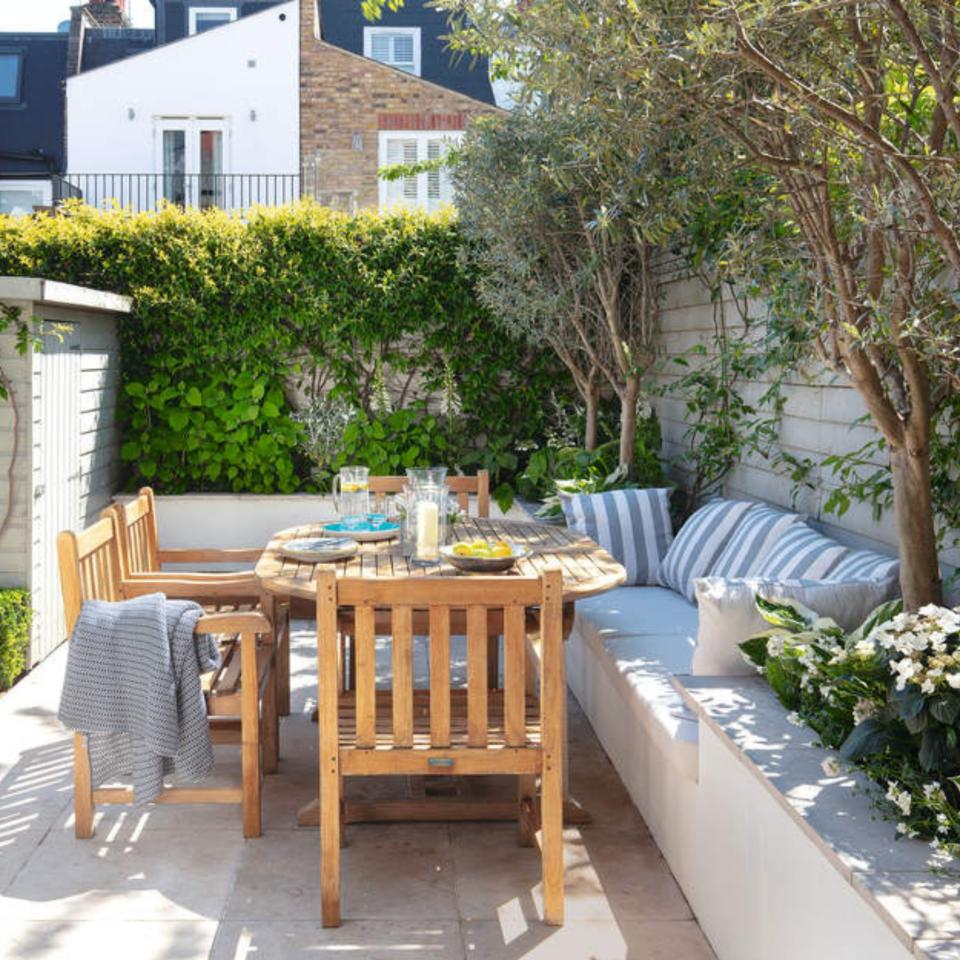
Colour in your garden is just as important in your house. You need to be smart with your patio ideas and your fence ideas if you want to make your space look bigger.
‘Light-coloured paving, furniture, and plant containers will reflect light and create a sense of space,’ reveals Jane Dobbs, Gardening Expert at Allan's Gardeners. ‘Light colours also make surfaces appear bigger and brighter, expanding the area visually.’
And don’t be afraid of brighter colours either. ‘Pops of contrasting or complementary colours can create visual interest and depth in a small space,’ Josh concurs.
In contrast, when choosing a fence paint colour to make your garden look bigger you want to go dark with a green or even a black. This is so it blends into the greenery and blurs the boundary.
5. Not allowing space to grow
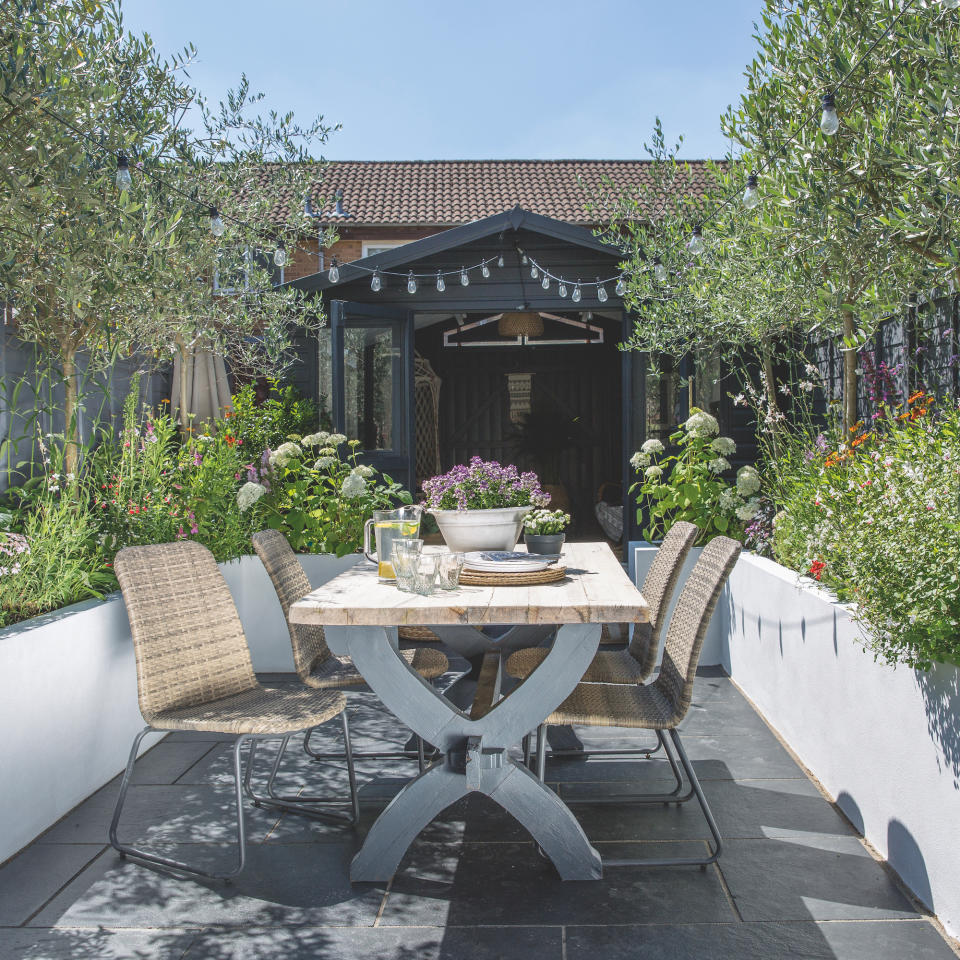
We know how easy it can be to get carried away when it comes to planting some beautiful blooms or plants. But have you considered how much they could grow in the coming years?
Many plants can grow significantly over time and fill up a garden, which is why it’s important to ‘make sure to choose plants wisely and make a plan according to their characteristics,’ says Tom Clifford, Gardenstone’s Landscaping Expert.
‘When your planting is initially completed the area may look sparse and bare, however, after a few months of care the space will fill up perfectly. Not accounting for this extra growth room can lead to a heavily overgrown space that not only looks messy but can be hard to manage,’ he explains.
6. Overlooking lighting
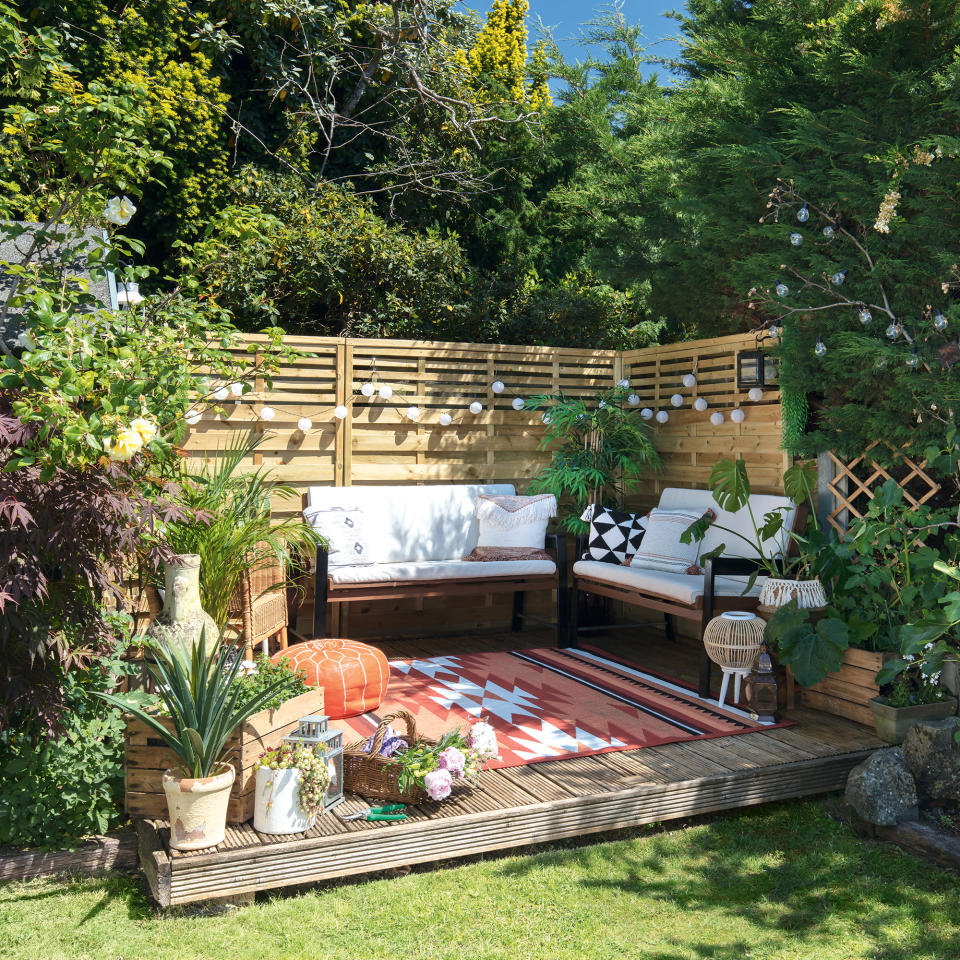
If you want to get the most out of any garden, it’s important to incorporate a variety of lighting options. ‘Lighting is one of the greatest tricks in design for altering the perceived size of space. How you light your small garden can really help to open up the area and create the illusion of width,’ reveals Marlena Kaminska, Designer at ValueLights.
‘When deciding which parts of your outdoor space to highlight with lighting, take advantage of opportunities to draw the eye upwards. Suspending a string of festoon lights above seating areas or weaving fairy lights through trellises will encourage people to look up rather than across, instantly making your garden feel bigger,’ she continues.
And, ideally, you want to create clusters of light throughout your garden. Whether that’s for practical reasons, such as illuminating walkways and lighting an outdoor dining space, or pretty solar lanterns, they work together to make the space a welcoming one.
7. Not making the most of natural light
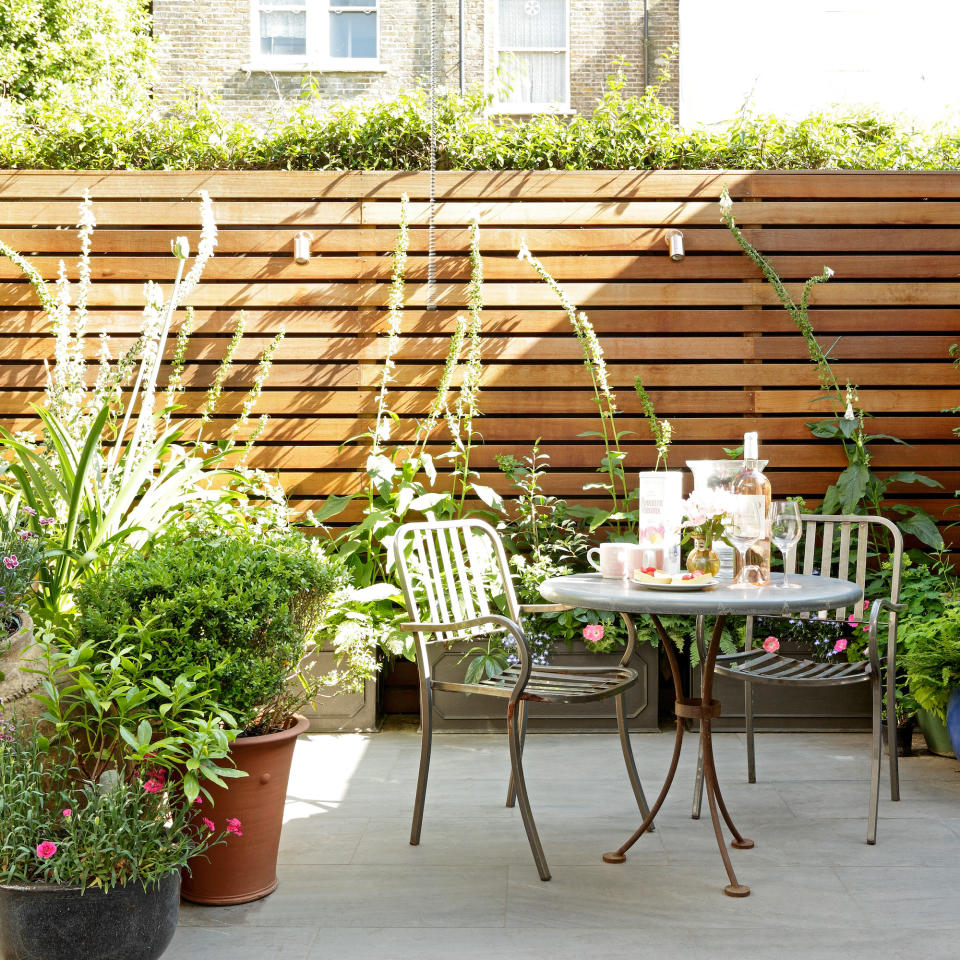
And don’t forget about natural light. It could be that overhanging branches or trees are blocking sunlight from getting through, which can make your garden feel more enclosed than it really is. By pruning or cutting these back, it will help let in more light.
‘Another way is by opting for fencing that allows sunlight in,’ says Leigh Barnes, Retail Sales Manager at Jacksons Fencing. ‘Venetian fencing is a popular choice as the horizontal pales let sunlight and air through, creating a modern aesthetic.’
It’s also worth remembering that ‘by their nature, small gardens often have limited sun exposure, so mapping out your garden’s sunlight patterns throughout the day is essential for success,’ Josh maintains. You’ll want to prioritise and choose plants and flowers that thrive in areas with less natural light, if that’s the case in your small garden.
8. Going too minimalist

‘With a small garden it can be tempting to stick to a minimalistic design, however, this can often create a space that is bland and sparse,’ Tom warns. It also means that you could miss out on creating an interesting and eye-catching design and making your garden a space that you want to sit out in and enjoy.
‘In fact, by having an overly minimalistic garden it can often make your garden look smaller than it actually is as there is nothing to distract from the size. However, be sure not to go over the top with your design as this can have the opposite effect and make your space feel cramped,’ Tom affirms.
9. Sacrificing space for a lawn
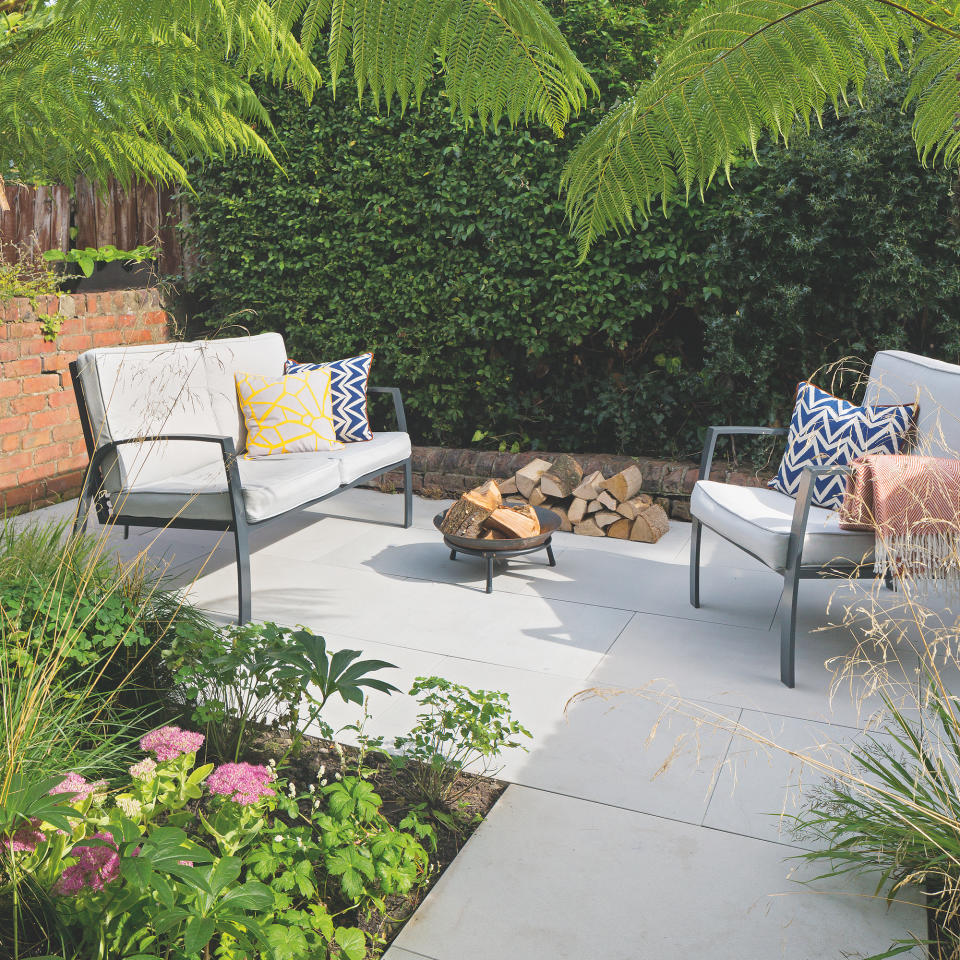
Unfortunately, not every garden has the space to lay a lawn or a lot of grass but that’s not necessarily a bad thing. For those looking for a low-maintenance garden, using paving slabs or gravel can be just as effective, especially when you add potted plants and flowers, raised bedding and hanging baskets.
Not having grass will also save you from having to find space for a lawn mower, strimmer or other gardening tools, which certainly helps if you’re particularly short on space.
10. Avoiding container gardening
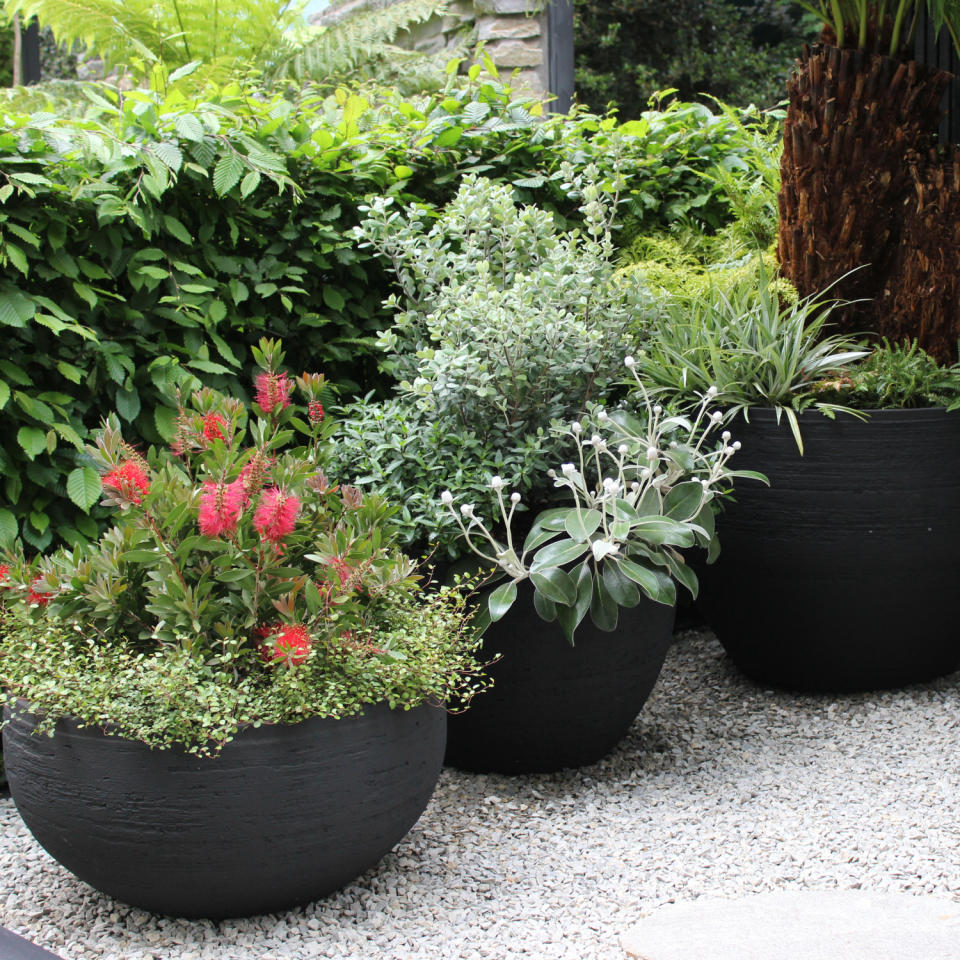
Just because you have a small garden doesn’t mean that you can’t grow a whole range of different plants with container garden ideas. ‘Using containers will automatically give you more space to play with, and it’s possible to plant vegetables, herbs, flowers, and even small trees in them,’ Josh admits.
Containers, such as pots, are also incredibly versatile, allowing you to move them around to get the best sun exposure and even bring them indoors during any harsh weather. They also ‘don't need as much weeding and soil preparation as traditional garden beds,’ according to Jane, which is ideal for those who are new to gardening.
11. Not using multifunctional furniture
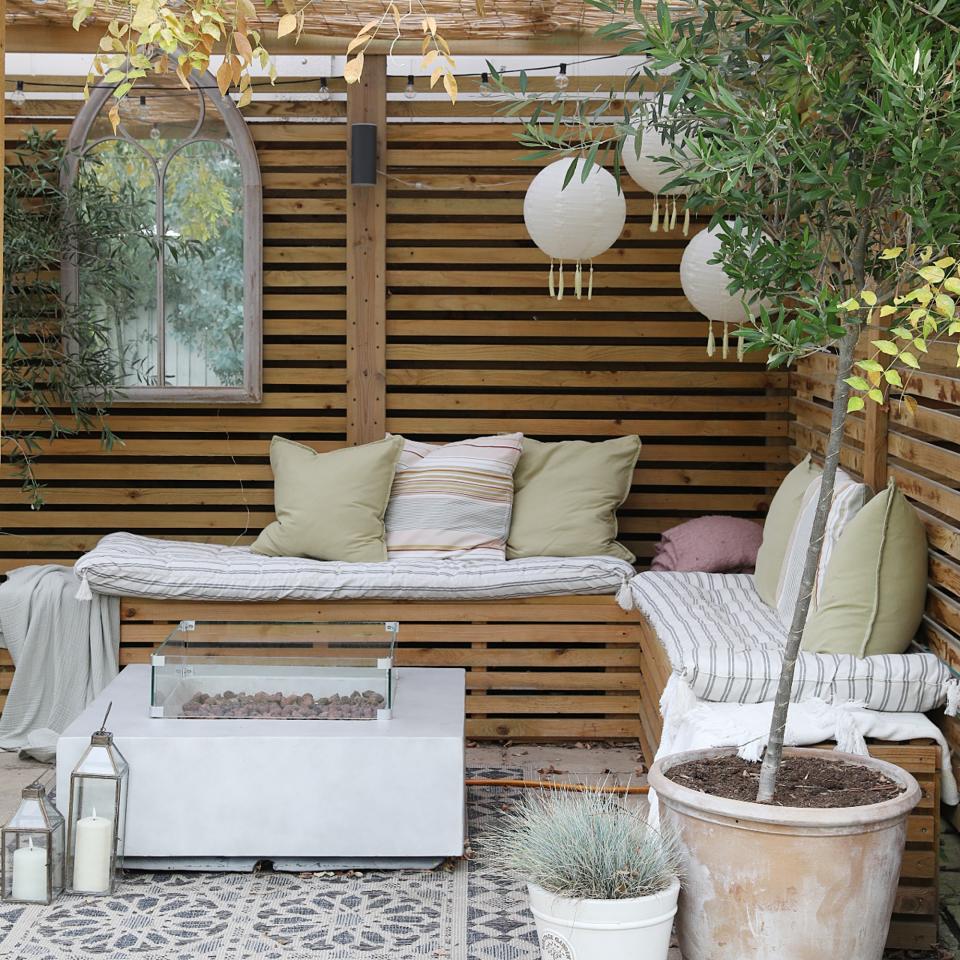
While those with a larger or more sprawling garden have the luxury of adding as much garden furniture as they’d like. If you're short on space the best garden furniture will be multifunctional. So wave goodbye to those single-use pieces, as versatility is going to make your garden look so much better.
What we mean by that i opting for a comfy outdoor sofa set and table that can be used for alfresco dining and relaxing. Or choosing a table that can be raised and lowered to act as a coffee table or dining table.
'You can also easily get a hold of compact furniture pieces that can be packed away neatly during the winter time,’ Tom adds. This will free up even more space, in a small garden, when not in use.
FAQs
How can you make a small garden look and feel bigger?
If you’ve been wondering how to make a small garden look bigger, thankfully there are a number of great ideas. These are just a few of the experts’ favourites. Harriet proposes you ‘go large, and go light. Although it may feel counterintuitive, install large paving slabs, big pots and don’t be afraid of high fences. Small pots, bitty tiles and low fencing,’ will have the opposite effect.
‘If you place mirrors strategically around your garden, they will reflect the greenery and create the illusion of more space,’ Josh affirms. ‘Similarly, planting tall, slender trees along the edges will draw people’s eyes upwards, making your garden seem taller.’
How do you keep a small garden low maintenance?
One of the easiest ways to stop yourself from making any small garden mistakes is to keep your outdoor space as low maintenance as possible, especially if you’re not a particularly keen gardener. For example, if you mainly use your garden to relax or dine al fresco, you may want to ‘avoid having a grass lawn, as they require regular mowing to maintain their appearance,’ Tom admits.
‘Instead choose gravel, paving or astro turf as these materials will require little to no maintenance.’ You can also opt for hardy and low maintenance plants that will survive throughout the winter and require low upkeep.
What is the most common mistake first time gardeners make?
The experts all agree that jumping straight in and not having a plan can be one of the most common garden design mistakes. ‘First time gardeners are often eager to start when it comes to designing their garden. This is both a blessing and a curse, as although they put lots of energy into their garden it can mean they rush the process,’ Tom suggests.
There are a number of considerations to make before you get started, such as researching where to position certain plants or something as simple as planning when you will most likely be using your seating area and situating it based on when the sun typically rises and sets. Taking your time can certainly pay off in the long run.


